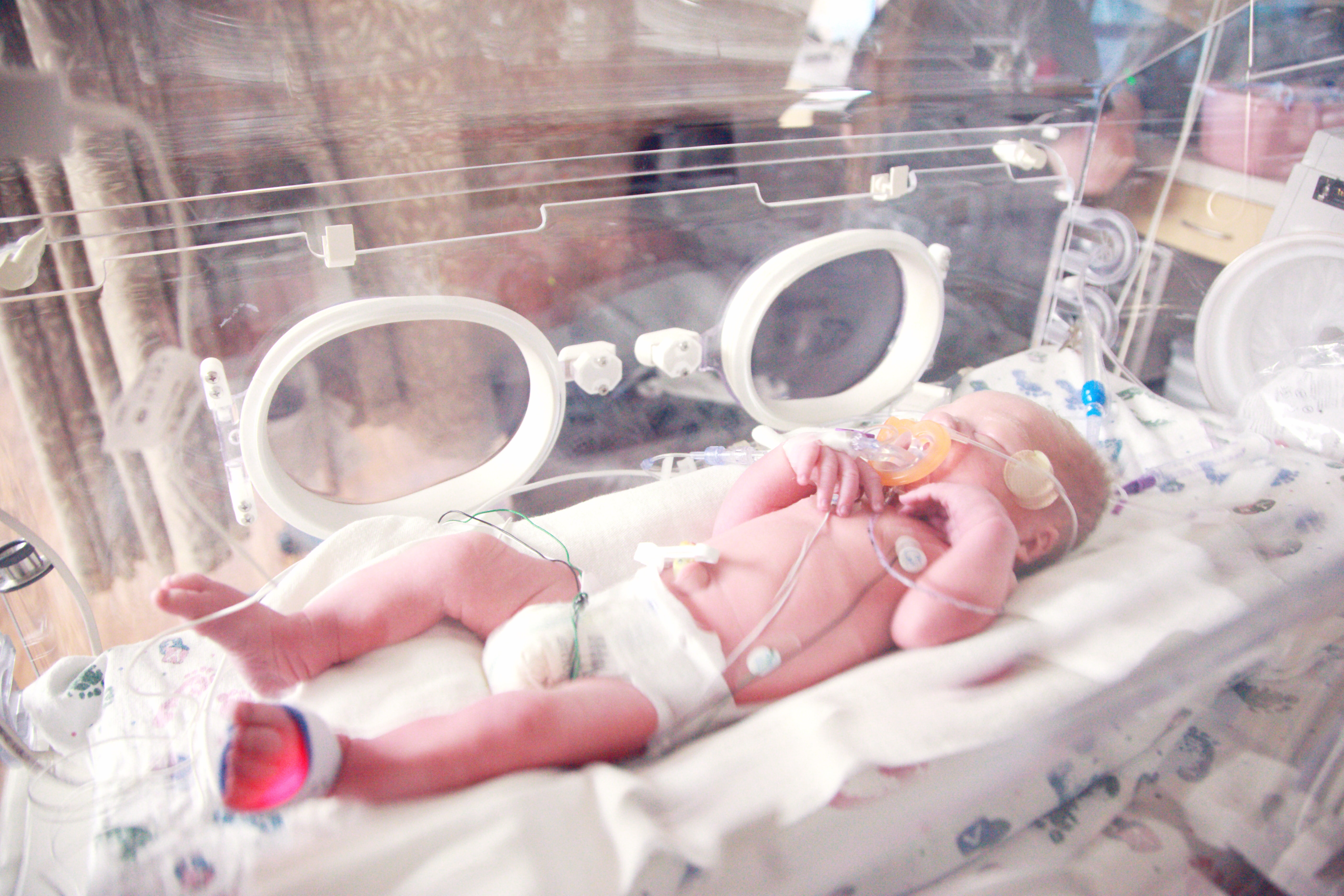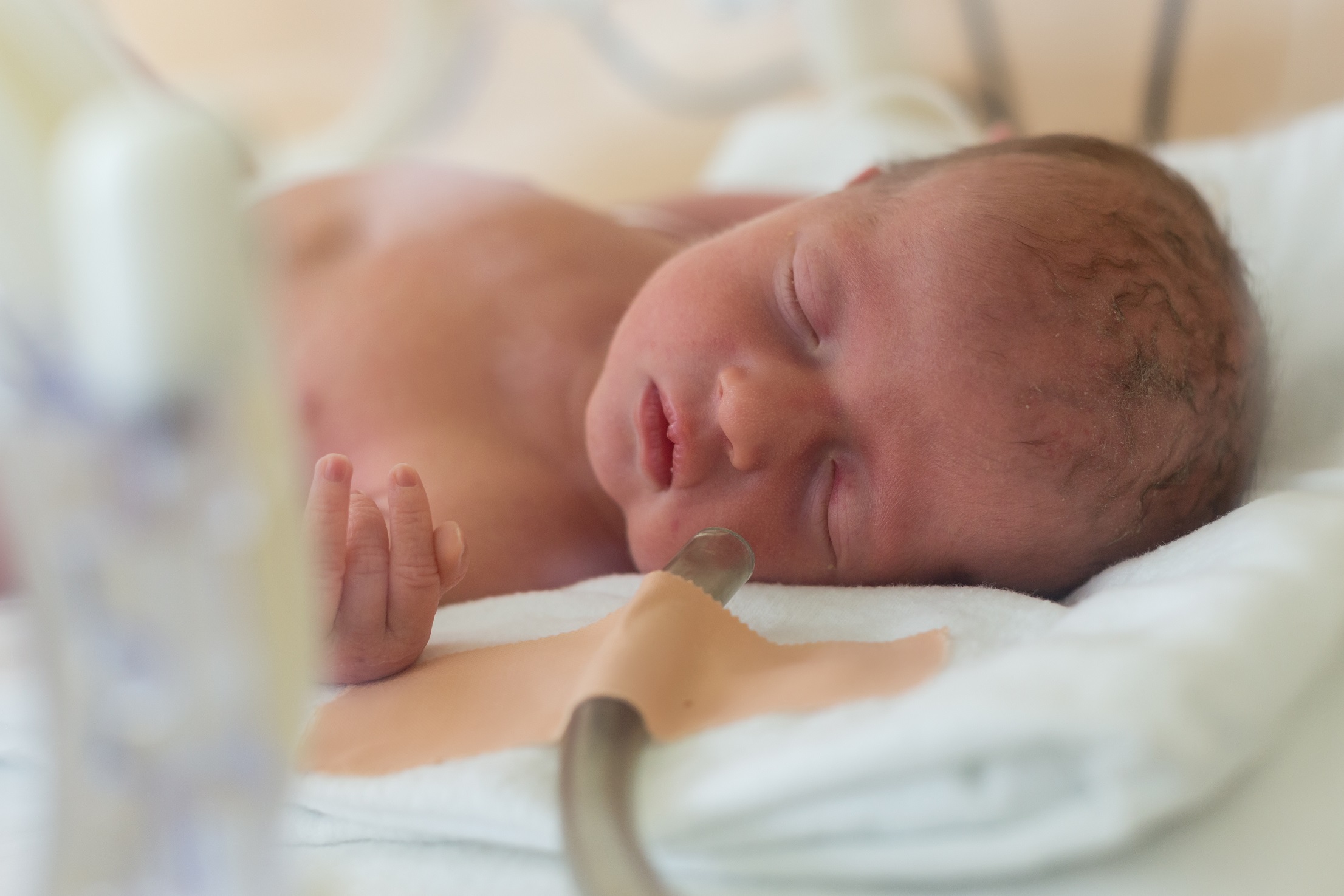Every year, thousands of babies in Germany are born many weeks too early and often have to struggle for months.
Tag: Premature Babies
Maternal voice reduces pain in premature babies
A baby born prematurely often has to be separated from its parents and placed in an incubator in intensive care.
Baby detector software embedded in digital camera rivals ECG
Facial recognition is now common in adults, but University of South Australia researchers have developed software that can reliably detect a premature baby’s face in an incubator and remotely monitor its heart and breathing rates, rivalling ECG machines and even outperforming them. This is the first step in using non-contact monitoring in neonatal wards, avoiding skin tearing and potential infections from adhesive pads.x
Stem Cell Therapy Shows Potential to Heal Intestinal Disease in Premature Infants
WFIRM scientists are tackling necrotizing enterocolitis with a human placental-derived stem cell (hPSC) therapy strategy that is showing promising results.
The biological ‘record’ of extremely preterm birth differs in men and women, researchers find
Researchers at McMaster University have found distinct effects of adversity early in life in the genomes of men compared to women who were born extremely preterm.

New Machine Learning Tool Predicts Devastating Intestinal Disease in Premature Infants
Researchers from Columbia Engineering and the University of Pittsburgh have developed a sensitive and specific early warning system for predicting necrotizing enterocolitis (NEC) in premature infants before the life-threatening intestinal disease occurs. The prototype predicts NEC accurately and early, using stool microbiome features combined with clinical and demographic information. “The lessons we’ve learned from our new technique could well translate to other genetic or proteomic datasets and inspire new machine learning algorithms for healthcare datasets.”
Study Seeks to Reduce Barriers to Breastfeeding Premature Babies
To help increase breastfeeding among premature infants, researchers at Rush University Medical Center will test the effects of an intervention that addresses barriers to breastfeeding.

Tiny molecule could protect newborns from brain damage
New findings from Australian and Chinese researchers could hold the key to preventing brain damage in newborn infants who are deprived of oxygen at birth.

Breast milk may help prevent sepsis in preemies
Researchers at Washington University School of Medicine in St. Louis and Mayo Clinic in Rochester, Minn., have found — in newborn mice — that a component of breast milk may help protect premature babies from developing life-threatening sepsis.

Human fetal lungs harbor a microbiome signature
The lungs and placentas of fetuses in the womb — as young as 11 weeks after conception — already show a bacterial microbiome signature, which suggests that bacteria may colonize the lungs well before birth. How the microbes or microbial products reach those organs before birth is not known.
Technology Protects Respiratory Tract of Premature Infants Who Need Assisted Ventilation
A new artificial model of premature infants will make possible experiments that are expected to reduce injury to infants on respirators.
Maternal Antibiotic Treatment May Harm Preemies’ Lungs
New research in mice suggests that exposure to antibiotics before birth may impair lung development in premature infants. The study, the first to explore the gut-lung axis in prematurity, is published ahead of print in the American Journal of Physiology—Lung Cellular and Molecular Physiology and was chosen as an APSselect article for December.

Germ-free lungs of newborn mice are partially protected against hyperoxia
A novel newborn mouse model probes the effect of high oxygen concentration, or hyperoxia, on lung development of pups that are germ-free — with no microbes in their lungs. The model will show how different types of microbes that colonize human lungs at birth protect or make an infant more susceptible to life-threatening bronchopulmonary dysplasia.

Preemies Who Develop Chronic Lung Disease Had More Stem Cells at Birth
In the first large-scale clinical study to characterize stem cells from the umbilical cord blood and tissues of premature infants with bronchopulmonary dysplasia – a severe, chronic lung disease – researchers found that these babies had more stem cells at birth. They also found that a growth factor (G-CSF), which is responsible for stem cell migration and differentiation, is decreased in these infants.